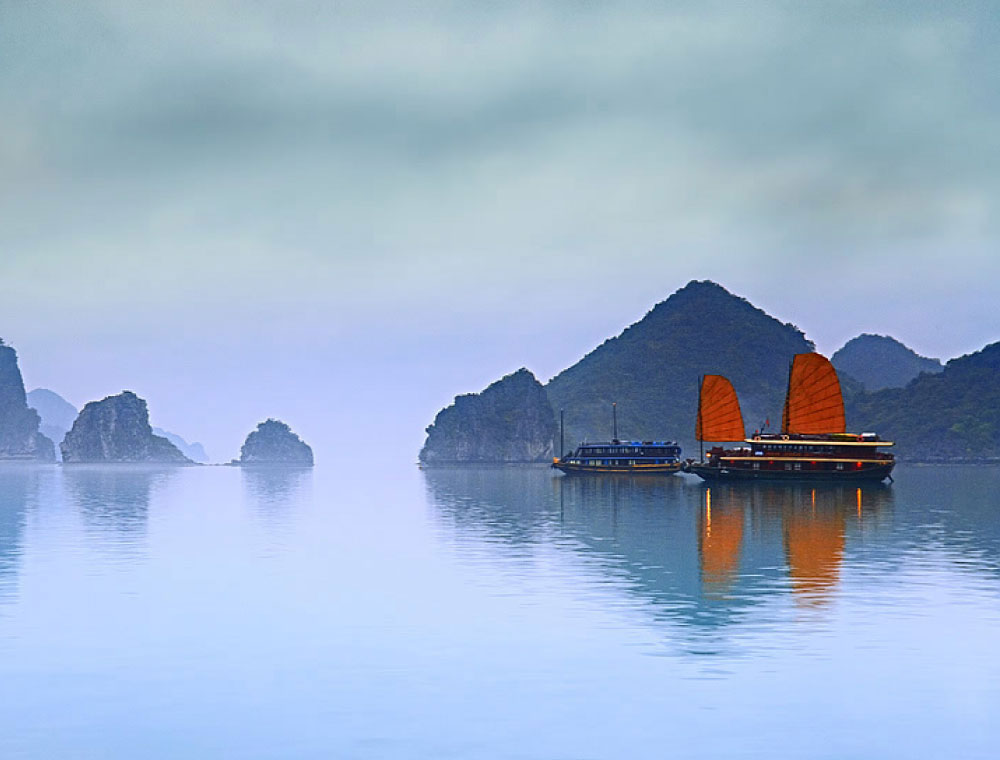CHAM MUSEUM
Established by the Ecole Francaise d’Extreme Orient in 1915, the Cham Museum houses the world's finest collection of Cham art. Many of the statues, sculptures and reliefs were discovered at the nearby former Cham capitals of Dong Duong, Khuong My and Tra Kieu as well as My Son which is now a UNESCO designated World Heritage site. Dating from the 7th to the 15th centuries, the sensual artwork depicts daily activities as well as Hindu and Buddhist religious artifacts. The museum itself is housed in a beautiful French colonial style villa with open-air courtyards, fruit trees and bougainvillea.
MARBLE MOUNTAINS
The Marble Mountains are rocky limestone outcrops jutting out of the beach just south of Danang. Paths lead to the top of the forested cliffs, affording spectacular views of Non Nuoc Beach and the East Sea. The caves nestled in the cliffs were originally inhabited by Cham people. Later, Vietnamese under the Nguyen Dynasty built numerous pagodas amongst the caves. Today, the Marble Mountains are home to various artisans producing sculpture and artwork at its base.
NON NUOC BEACH
This white sandy beach on the outskirts of Danang is renowned for both its spectacular beauty and for its history as an R&R destination for American troops during the War. Today, the beach is home to luxurious resorts, surfing and entertainment facilities.
